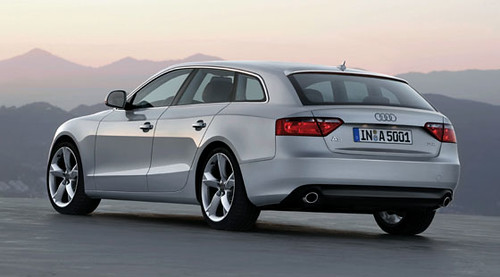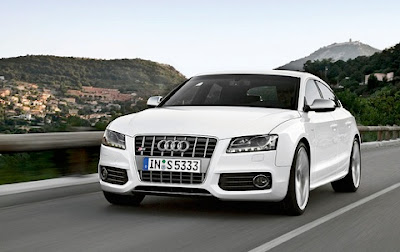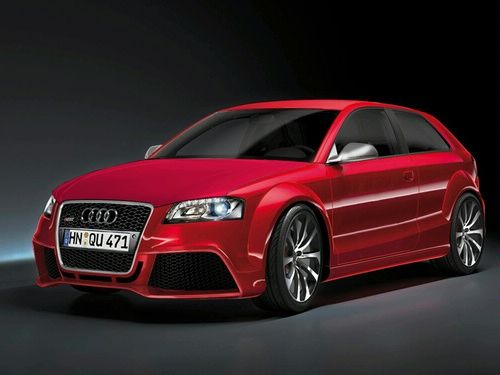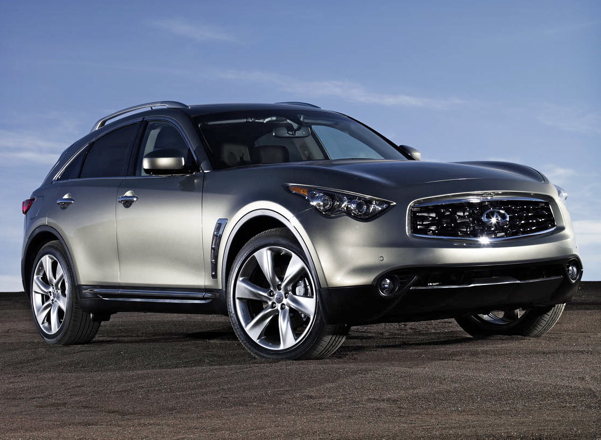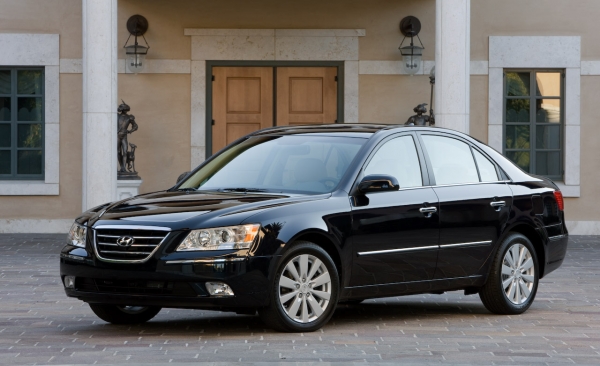It is no surprise that Audi A5 Sportback adopts the sports gear of S4 or the S5 convertible to become S5 Sportback. That it has from now on V6 3.0L with compressor of 333 horses with 5500 trs/min which exempts some 440 Nm of couple between 2900 and 5300 trs/min.
The S-Tronic gear box with 7 reports/ratios is part just like the true Quattro transmission. S5 Sportback announces beautiful performances the such 0 to 100 km/h in only 5.4 seconds or Vmax, of course autolimitée, of 250 km/h. the mixed consumption of this S5 with 5 doors is of 9.7 L/100km, which is, altogether, correct with the reagrd engine performances and output.

On the other hand, it seems that S5 Sportback makes in quasi discretion since outside, only the wheels in 18 inches fitted into 245/40 ZR 18 and of the black clamps will let appear a trace of sportivity… Encore that S5 Sportback of color Blue given luster to Sprint, rim All Audi Style 7 in 20 inches, interior red Nappa leather magma (or leather will alcantara black/beaded money) is a remarkable car with the two directions of the term! This beautiful S5 Sportback will be marketed in spring 2010 with a price market selling at 58.000€ on the Audi stand of the living room of Frankfurt.
